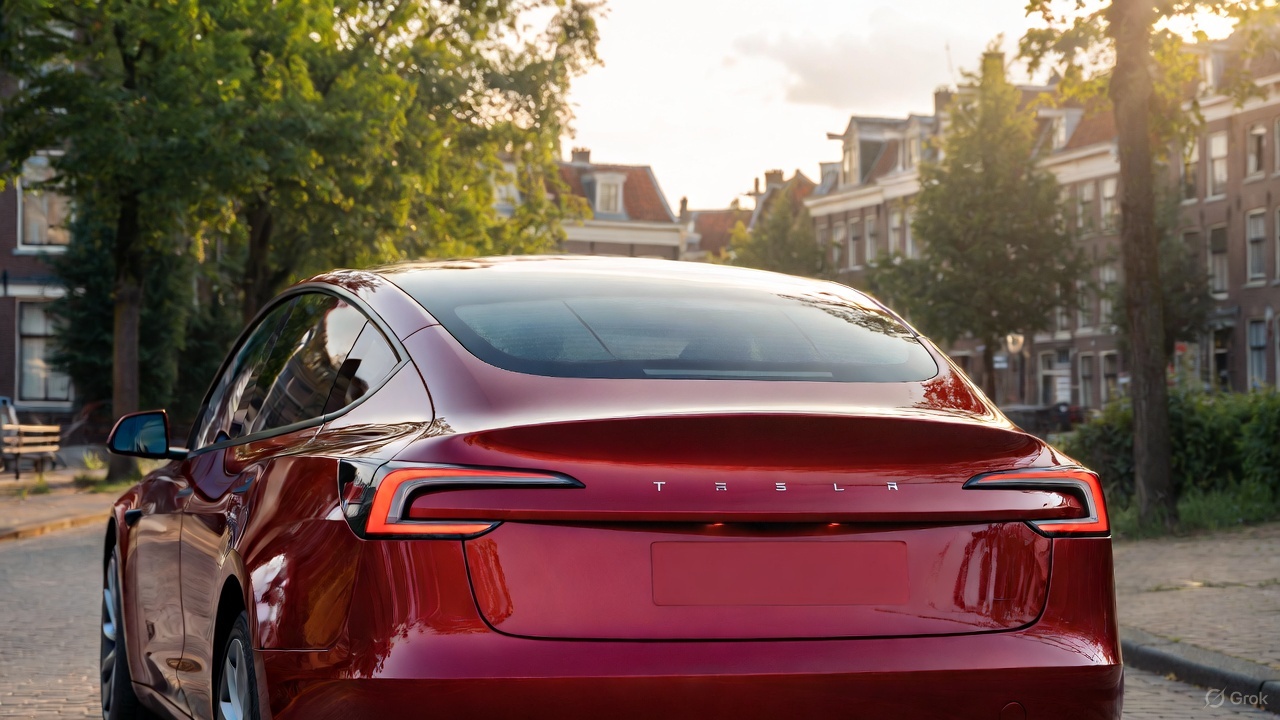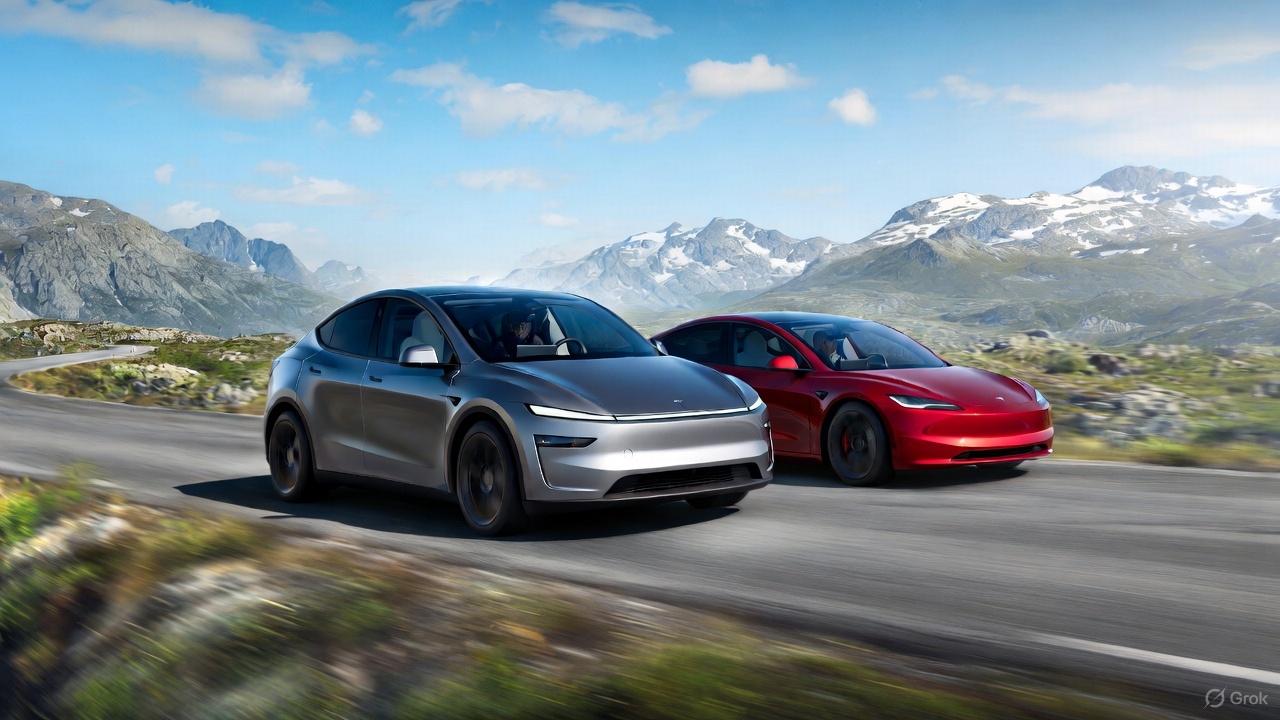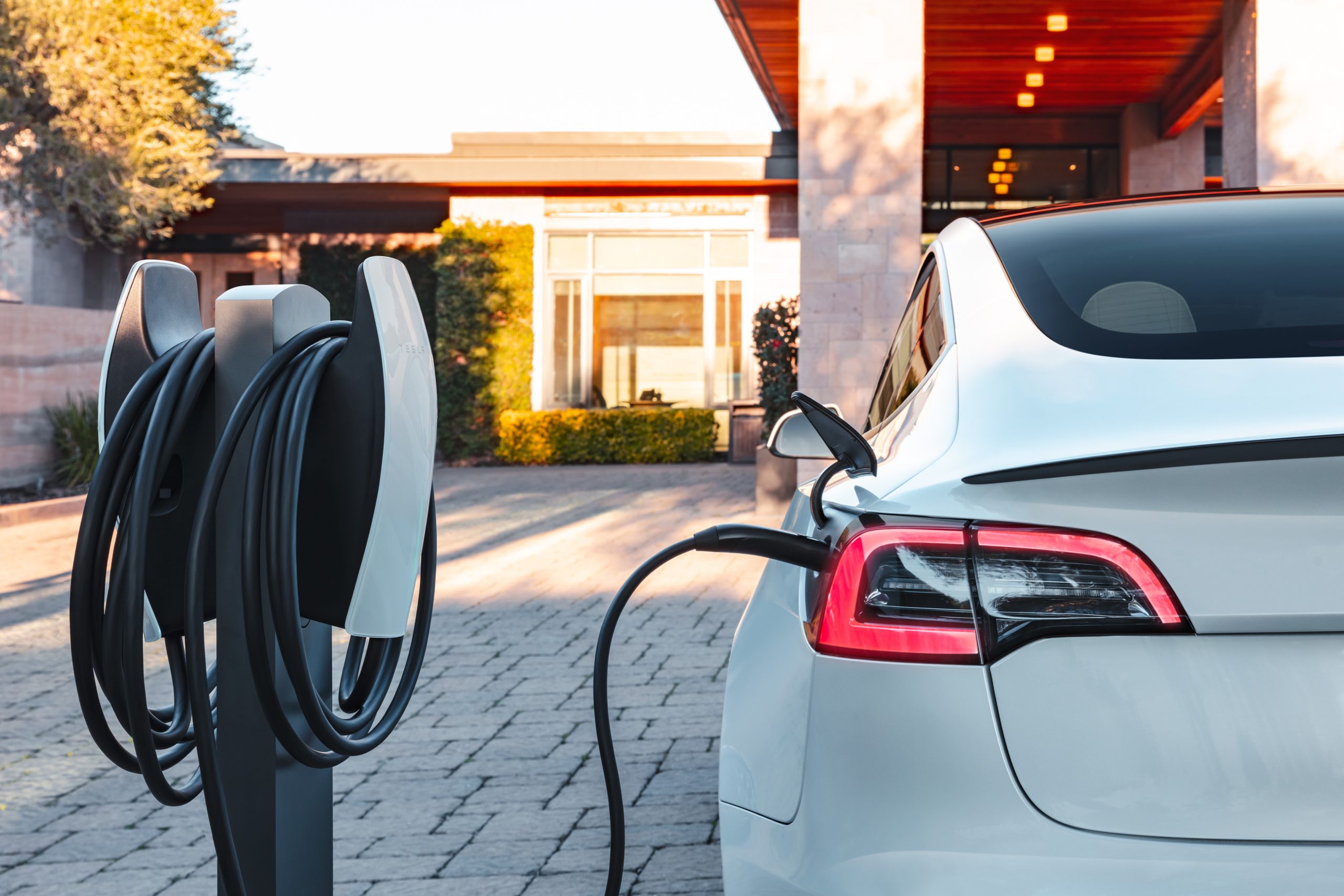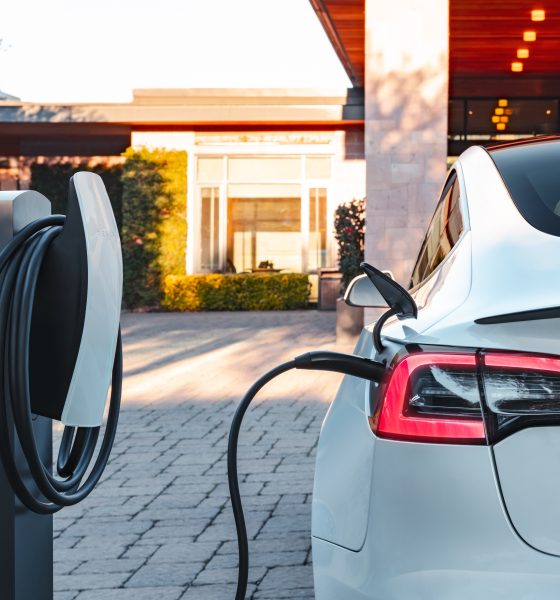Tesla is partnering with electric vehicle charging reliability platform ChargerHelp! to survey the status of various chargers in the company’s Destination Charger Network.
ChargerHelp! is an app-based dispatch and deployment system that helps to resolve issues with downed or inoperable electric vehicle charging stations. The company offers on-demand repairs and maintenance support from local workforces, which can come and service a malfunctioning EV charger in Tesla’s Destination Charger Network.
Tesla’s Destination Charging Network consists of over 35,000 wall connectors at Destination Charging Sites, which include hotels, restaurants, and resorts. They are not as powerful as the Tesla Superchargers as they only offer 22 kW of power. Tesla’s high-powered V3 Supercharger offers 250 kW for comparison.
ChargerHelp! said its partnership with Tesla will start in California as the platform will survey Destination stations to provide critical data points and insights pertaining to the station’s overall performance.
Perhaps the biggest issue facing EV adoption is charger reliability. The issue pushed California Governor Gavin Newsom to write the “EV Charging Reliability Transparency Act,” a bill supported by ChargerHelp!, which could help solve most of the issues with EV charging maintenance. A study from the University of California Berkley that found that only 72.5% of chargers in the Bay Area were operable, despite having lofty plans to eliminate ICE car sales by 2035.
“Trusting that a charging station will work and knowing that if there is an issue it will be fixed in a timely manner is essential to EV drivers and paramount to the success of the industry,” Kameale C. Terry, ChargerHelp! Co-Founder & Chief Executive Officer, said.
Electric vehicle chargers are widely available and companies are working to expand their presence of piles that can support a variety of cars. Additionally, the United States has funneled billions to expanding the electric vehicle charging infrastructure, looking to build at least 500,000 additional EV chargers in the U.S., thanks to $7.5 billion in funding.
The White House has also announced over $700 million in private sector commitments for EV charging infrastructure:
- Toyota announced an additional $2.5 billion investment in a Greensboro, North Carolina manufacturing facility.
- Honda and LG Energy Solution announced a $4.4 billion joint venture in a to-be-announced location in the U.S.
- Ford Motor Company announced it will invest $3.7 billion in assembly plants in Michigan, Ohio and Missouri and create 6200 jobs.
- Panasonic announced a $4 billion plant in De Soto, Kansas that will create 4,000 jobs. Panasonic is also reportedly evaluating a similar investment in an additional new battery factory.
- Vinfast announced a more than $5 billion investment in building electric vehicles and batteries in North Carolina that will create 13,000 jobs.
- Hyundai announced a $5.5 billion investment to build electric vehicles and batteries near Savannah, Georgia
- Through DOE’s Advanced Technology Vehicle Manufacturing program, the Department of Energy announced a $2.5 billion loan in July 2022 to General Motors for battery manufacturing facilities in Ohio, Tennessee, and Michigan
ChargerHelp! was founded in 2020 and operates at a fixed monthly price per EV charging station, it said.
I’d love to hear from you! If you have any comments, concerns, or questions, please email me at joey@teslarati.com. You can also reach me on Twitter @KlenderJoey, or if you have news tips, you can email us at tips@teslarati.com.

News
Tesla FSD approved for testing in Nacka, Sweden, though municipality note reveals aggravating detail
Nacka, Sweden, a municipality just a few miles from Stockholm, has given its approval for FSD tests.

Tesla has secured approval for FSD testing in an urban environment in Sweden. As per recent reports from the Tesla community, Nacka, Sweden, a municipality just a few miles from Stockholm, has given its approval for FSD tests.
A look at the municipality’s note regarding FSD’s approval, however, reveals something quite aggravating.
FSD testing approval secured
As per Tesla watcher and longtime shareholder Alexander Kristensen, Nacka is governed by the Moderate Party. The shareholder also shared the municipality’s protocol notes regarding approval for FSD’s tests.
“It is good that Nacka can be a place for test-driving self-driving cars. This is future technology that can both facilitate mobility and make transportation cheaper and more environmentally friendly,” the note read.
The update was received positively by the Tesla community on social media, as it suggests that the electric vehicle maker is making some legitimate headway in releasing FSD into the region. Sweden has been particularly challenging as well, so securing approval in Nacka is a notable milestone for the company’s efforts.
Aggravating details
A look at the notes from Nacka shows that FSD’s proposed tests still met some opposition from some officials. But while some critics might typically point to safety issues as their reasons for rejecting FSD, those who opposed the system in Nacka openly cited Tesla’s conflict with trade union IF Metall in their arguments. Fortunately, Nacka officials ultimately decided in Tesla’s favor as the company’s issues with the country’s unions are a completely different matter.
“The left-wing opposition (S, Nackalistan, MP and V) voted no to this, referring to the fact that the applicant company Tesla is involved in a labor market conflict and does not want to sign a collective agreement. We believe that this is not an acceptable reason for the municipality to use its authority to interfere in a labor law conflict.
“Signing a collective agreement is not an obligation, and the company has not committed any crime. The municipality should contribute to technological development and progress, not work against the future,” the note read.
News
Tesla Model 3 and Model Y named top car buys in Norway
Despite growing competition from European and Korean brands, both models stood out for their balance of price, performance, and everyday usability.

Norway’s annual roundup of the best car purchases featured Tesla’s two main sellers this year, with the Model 3 and Model Y securing top positions in their respective segments.
Despite growing competition from European and Korean brands, both models stood out for their balance of price, performance, and everyday usability. The verdict comes as electric vehicle adoption remained above 95% of new vehicle sales in the country.
Tesla Model 3 strengthens its value position
Among compact EVs, the Tesla Model 3 maintained its position as the best overall buy thanks to its strong blend of performance, efficiency, and updated features. Reviewers noted that every trim offered compelling value, especially with the all-electric sedan’s improved cabin ergonomics and the return of the turn-signal stalk, which was one of the few previous complaints among drivers.
The Model 3’s mix of long-range capability, low operating costs, and responsive handling has continued to set the benchmark for compact EVs in Norway. While competitors from Hyundai, Volkswagen, and Peugeot have narrowed the gap, Tesla’s price-to-capability ratio has remained difficult to beat in this segment, Motor.no reported.
“The Model 3 clearly offers the best value for money in the compact class, no matter which version you choose. Now it also gets the turn signal lever back. This eliminates one of the few flaws in a driving environment that many believe is the best on the market,” the publication wrote.
Tesla Model Y claims its crown
The Tesla Model Y emerged as Norway’s top family-car purchase this year. The latest refresh introduced improvements in ride quality, styling, and interior materials, allowing the Model Y to deliver a more premium driving experience without a substantial price increase.
Reviewers praised its spacious cabin, strong safety profile, and practical range, all of which reinforced its appeal for families needing an all-purpose electric crossover. The Model Y remains especially notable given its continued popularity in Norway even as Tesla faces declining sales in other global markets.
“The Model Y is back as the winner in the family class. The upgrade in the new year was even more extensive than expected. It is a slightly more elegant and significantly more comfortable Model Y that solidifies its position as Norway’s best car purchase in the most important class,” the Norwegian motoring publication noted.
News
Tesla Giga Berlin is still ramping production to meet Model Y demand: plant manager
Tesla Gigafactory Berlin has expanded to two full shifts, as per the facility’s plant manager, and a lot of it is due to Model Y demand.

Tesla Gigafactory Berlin has expanded to two full shifts, as per the facility’s plant manager, and a lot of it is due to Model Y demand. While registrations in some countries such as Sweden have fallen sharply this year, the company’s sales in other key territories have been rising.
Giga Berlin shifts to two shifts
Giga Berlin factory manager André Thierig told the DPA that the facility has been running two shifts since September to manage a surge in global orders. And due to the tariff dispute with the United States, vehicles that are produced at Giga Berlin are now being exported to Canada.
“We deliver to well over 30 markets and definitely see a positive trend there,” Thierig said.
Despite Giga Berlin now having two shifts, the facility’s production still needs to ramp up more. This is partly due to the addition of the Tesla Model Y Performance and Standard, which are also being produced in the Grunheide-based factory. Interestingly enough, Giga Berlin still only produces the Model Y, unlike other factories like Gigafactory Texas, the Fremont Factory, and Gigafactory Shanghai, which produce more than one type of vehicle.
Norway’s momentum
Norway, facing an imminent tax increase on cars, has seen a historic spike in Tesla purchases as buyers rush to secure deliveries before the change takes effect, as noted in a CarUp report. As per recent reports, Tesla has broken Norway’s all-time annual sales record this month, beating Volkswagen’s record that has stood since 2016.
What is rather remarkable is the fact that Tesla was able to achieve so much in Norway with one hand practically tied behind its back. This is because the company’s biggest sales draw, FSD, remains unavailable in the country. Fortunately, Tesla is currently hard at work attempting to get FSD approved for Europe, a notable milestone that should spur even more vehicle sales in the region.











